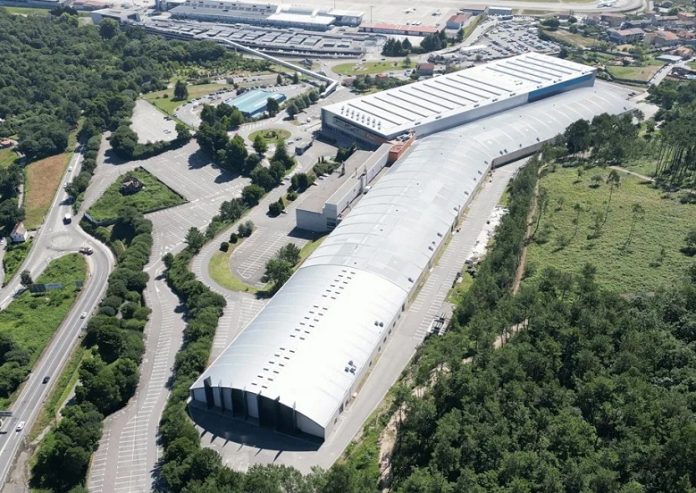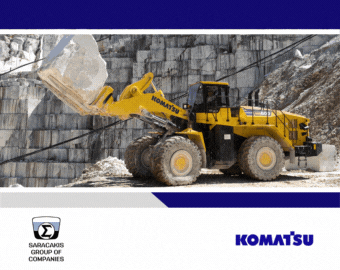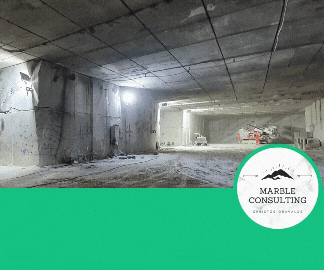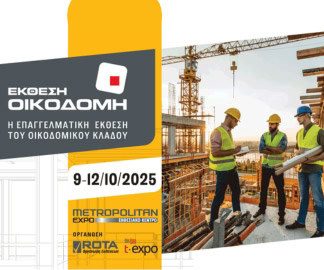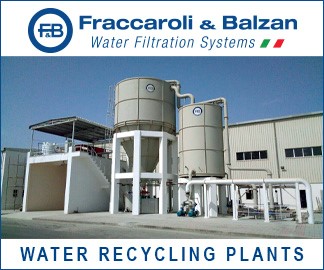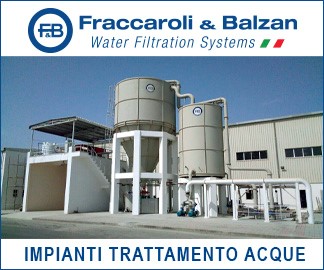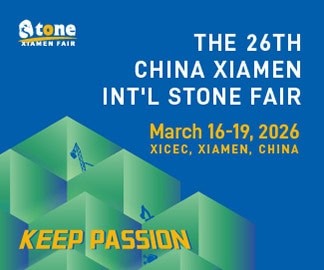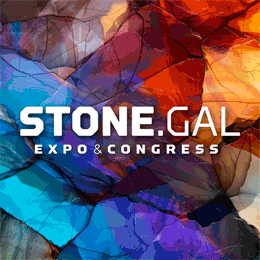Stonegal, the Association of Real Estate Developers of the Province of Pontevedra (APROIN), and the Galician Granite Cluster have formalized a collaboration agreement aimed at strengthening ties between the natural stone and real estate development sectors.
This alliance seeks to create a dynamic platform for dialogue and active cooperation surrounding the use of natural, sustainable, and high-value materials in urban and architectural development.
 The agreement is framed within the context of the inaugural edition of Stonegal, taking place from June 3 to 5 at IFEVI, which has already established itself as the leading event for the sector in the Iberian Peninsula.
The agreement is framed within the context of the inaugural edition of Stonegal, taking place from June 3 to 5 at IFEVI, which has already established itself as the leading event for the sector in the Iberian Peninsula.
Alejandro Miras, director of Stonegal, emphasized that “collaboration with organizations such as APROIN and the Granite Cluster is key to showcasing the potential of Galician natural stone in contemporary architecture. We aim for Stonegal to become a hub where innovation, design, and sustainable real estate development intersect.”
From APROIN’s perspective, its president Javier Garrido praised the initiative, stating: “Natural stone is a local resource with tremendous potential in construction and urban planning. Participating in Stonegal allows us to gain firsthand insights into sector innovations and advance the integration of sustainable and long-lasting building solutions.”
Likewise, José Ángel Lorenzo, Secretary General of the Granite Cluster, pointed out that “this alliance with APROIN reinforces Stonegal’s role as a meeting point for industry, architecture, and real estate development. Galician natural stone has much to offer in terms of sustainability, durability, and aesthetic value. This agreement will help us continue building bridges with one of the key sectors for its application and broader impact.”
Through this collaboration, the three organizations are moving forward in their shared commitment to innovation, sustainability, and the promotion of a native material that is deeply rooted in Galicia’s construction heritage. Stonegal continues to solidify its role as a key gathering point for all stakeholders involved in transforming the built environment—from the quarry to urban design—enhancing its business, architectural, and cultural relevance.



